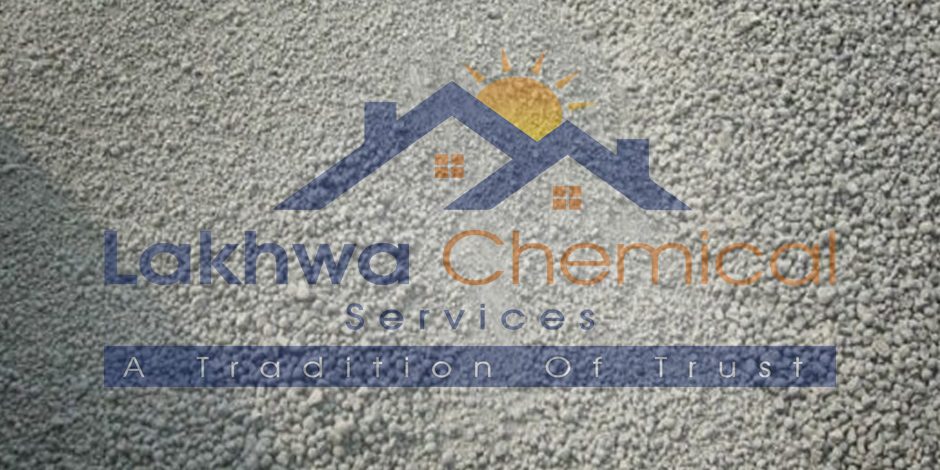Cement serves as an essential element in the construction industry. Two primary types of cement are used for building projects and differences between dry and wet cement:
- Dry
- Wet
Dry cement and wet cement differ in their physical properties: Dry cement refers to moisture-free cement powder, while wet cement is a mixture of cement powder and water, forming a paste-like consistency. The difference between the two lies in their handling, setting time, workability, and application methods. Understanding these distinctions is crucial for proper cement usage in construction and other industries.
Let’s discuss the two types in detail.
Composition and Production
Dry cement is a fine, powdery material of limestone, clay, gypsum, and other ingredients. It is also known as dry powder cement or cement dust. The raw materials are converted into powder form through different processes and equipment.
Wet cement, in contrast, is a fluid-like combination made from dry cement powder and water. Whenever water is added to dry cement, a process known as hydration starts, which leads to the manufacture of wet cement, a paste-like material.
Read More
Heat Proofing Services in Pakistan
Does Roof Heat Proofing Really Work?
Does Roof Heat Proofing in Karachi Protects Your Home From Rainwater?
Handling and Storage
Bags or bulk containers are used for dry cement’s transportation and storage. This type of cement is easy to store; it should be kept in an enclosed and humid-free area. In addition, the bags should be covered with waterproof sheets or tarpaulin.
Wet cement should be handled and stored carefully; the bags are transported in trucks or specialized mixers. Delays or improper handling might result in wastage and poor mix.
Application & Workability
Dry cement, in its powdered form, has low workability due to its lack of moisture. It is challenging to mix without a proper ratio. To improve workability, water is added to dry cement, transforming it into a paste-like consistency that can be shaped, molded, and applied in construction and other applications.
Wet cement, also known as cement paste, exhibits excellent workability due to the added moisture. The mixture is a reinforcing agent that can be easily spread, poured, and shaped. This allows for efficient application and better adhesion to surfaces.
Read More
How to Protect From Thermal Radiation Using Roof Heat Proofing in Karachi During Night?
How Roof Heat Insulation in Pakistan Reduces Heat Island Effect?
Does Adding House Heat Insulation Works During a Heat Wave?
Tools and Site Requirements
Different tools are required to mix the cement with water. This practice is feasible for small to medium-scale projects. However, large projects need mixing machinery for quick results.
Several tools are used for mixing wet cement. For example, a trowel for spreading and leveling the cement, a concrete mixer or mixing paddle for blending cement and water, a float for smoothing and finishing surfaces, and a screed for achieving even results. Other tools may include brushes, buckets, and wheelbarrows.
Time and Treatment
The addition of cement to water is the first step in the process. The mixing method should take place at slow pace until a desired consistency is reached. Follow the manufacturer’s guidelines and proper ratios to ensure optimal hydration and strength.
After the conversion, the wet cement starts to solidify and cure, making it beneficial for adhesion purposes. On the other hand, if the mixing process is not managed properly, the paste will be ineffective.
Conclusion
Dry and wet cement have different properties and use in construction projects. Dry cement is a powdered form that requires the addition of water for workability. Wet cement, on the other hand, is a paste-like mixture formed by combining dry cement with water. The difference lies in workability, setting time, application methods, and more.
If you are eager to know more about cement and its properties, connect with experts from Waterproofing.pk. They can provide key solutions to your water and heat proofing issues. Plus, their experience is recognized in different cities, including Karachi, Lahore, and Islamabad.







